Top 15 sales methodologies
- Challenger sales
- SPIN selling
- MEDDIC
- Sandler sales
- SNAP selling
- Gap selling
- Conceptual selling
- Inbound selling
- Solution selling
- N.E.A.T. Selling™
- Consultative selling
- SaaS (Sales as a Science)
- CustomerCentric Selling®
- ValueSelling Framework
- Command of the Sale®
A successful sales process relies on a strong methodology. Organizations that integrate a clear sales model with their sales process benefit from greater efficiency, higher sales, and scalable growth.
But what is a sales methodology, and how do you know which sales methodology is right for your organization? Below we’ll cover several of the most popular sales methodologies today and when they are best applied.
What is a sales methodology?
A sales methodology is often confused with the sales process. While closely related, the two are distinct.
Sales process: A sales process is a set of repeatable steps your sales team takes to close a deal. It is essentially the high-level roadmap of what needs to happen to get your prospects through the sales cycle.
While each organization’s sales process will look a little different, the typical sales process has five to seven steps, including:
- Prospecting
- Preparation
- Approach
- Presentation
- Handling objections
- Closing
- Follow-up
These stages show sales reps what direction they need to go and what steps come next as they lead prospects through the sales funnel.
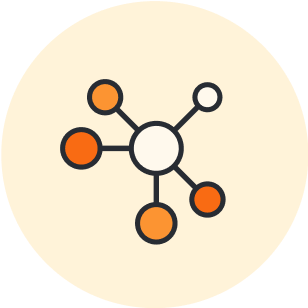
Looking to build a successful sales process? We have the steps you need to succeed.
Learn moreSales methodology: A sales methodology is the model for how to execute your sales process. Where the sales process outlines the broad steps in the prospect’s journey, your sales methodology gives you the strategy or approach to the process.
Some sales methodologies are tailored specifically to a certain stage of the sales process. Others guide your overall priorities in the selling process. The sales model you should adopt will depend on your organization’s process, culture, and values—and may even change or evolve as your company grows.
Why you need a sales methodology
While not strictly necessary—you can technically execute a sales process without one—a sales methodology is the foundation of a successful sales process. The right methodology is a powerful tool for streamlining the buyer’s journey, increasing efficiency and consistency across the sales organization, and growing sales.
A sales methodology arms sales teams with numerous benefits:
- Strategies to evaluate and navigate sales opportunities and challenges
- Tools and best practices to improve success rates
- Scalable processes
- Consistency across the sales organization
A report by CSO Insights found that organizations with “mature” sales methodologies in place (i.e., formal training and regular reinforcement and application) had higher rates of quota attainment. In other words, when companies integrate and prioritize their sales methodology within their sales culture, they land more (or bigger) sales.
Top sales methodologies
There are many sales methodologies to choose from. Below we cover some of the most common sales models examples, their strengths, and when to use them.
1. Challenger sales
The Challenger sales methodology is an approach where the sales rep actively educates the customer, tailors a solution for the customer, and takes control of the conversation.
In today’s selling environment, prospects are much more educated by the time they connect with a salesperson. That means that sales reps need to be prepared to not only address their prospects’ concerns but also educate them (and even correct preconceived ideas) on the available products and solutions available.
Challenger reps dig deep to understand the client’s industry and unique pain points so they can provide further insights to the client. This allows them to position themselves as trusted advisors and deliver more tailored solutions.
Strengths: Challenger sales is an effective method for developing trusted relationships and differentiating their offerings from the competition.
Best used when: Selling in complex B2B sales environments where sales reps can control the conversation to lead customers to the unique strengths of their organization.
2. SPIN selling
The SPIN selling method was designed by Neil Rackham in 1988 based on research from 35,000 sales calls. SPIN selling helps reps ask the right questions to identify how best to serve and, ultimately, sell to the client.
SPIN is an acronym that outlines the four main types of questions sales reps should ask their prospects:
- Situation: Exploratory questions that help reps understand the client and the current business climate. They establish context for the discussion and guide the sales rep’s approach to the rest of the sale.
- Problem: Problem questions help the rep identify opportunities (i.e., problems to solve and gaps to fill). These questions help you discover your prospect’s key pain points and give you the opportunity to hone in on the value your product or service delivers in those areas.
- Implication: Once you know the problem(s), you can clarify what the implications are for not solving it. This helps reps customize their sales pitch and instill urgency in the prospect as they realize what will happen if they don’t solve the problem (i.e., buy from you).
- Need-payoff: Need-payoff questions help your prospects discover and explain your product’s benefits themselves. Questions like “Would X make it easier to ____?” or “Would Y have a significant impact on your [performance/profits/etc.]?” help you determine your buyer’s interest and transition smoothly to the benefits and value of your solution.
Strengths: SPIN selling helps reps develop an authentic relationship with their clients that allows them to not only sell more effectively but also create and add value for the buyer.
Best used when: The prospect hasn’t identified their problem(s) or may not fully understand its implications.
3. MEDDIC
The MEDDIC sales methodology is a B2B sales model focused on customer qualification. The main idea behind the MEDDIC sales framework is that better customer qualification leads to higher closing rates.
MEDDIC stands for:
- Metrics: What is the measurable impact of the solution?
- Economic buyer: Who is the financial decision-maker?
- Decision criteria: The criteria used to compare vendor options.
- Decision process: How does the company make decisions?
- Identify pain: What is the primary pain point? What is the cost of not addressing it?
- Champion: Who is a key player who can influence the decision process?
Strengths: The MEDDIC model helps you understand your prospects and determine who you should be selling to. When you sell to the right people with the right approach, you will close more deals.
Best used when: Dealing with complex, enterprise-level B2B selling environments where you need to identify the right people to drive sales.
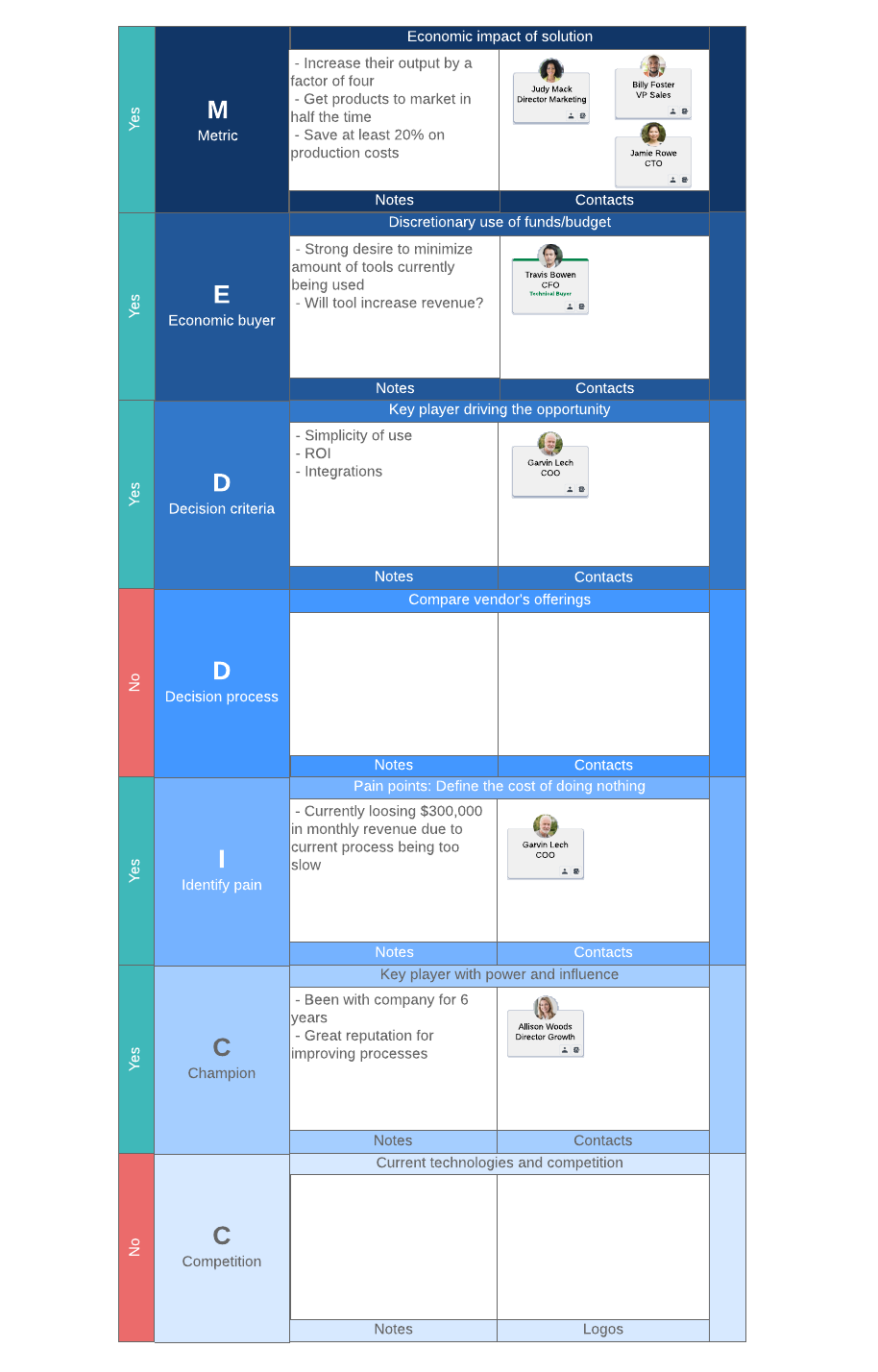
4. Sandler Selling System
The Sandler sales methodology was developed by David Sandler in 1967 and remains a popular and effective sales framework today. The Sandler Selling System emphasizes customer qualification and relationship building. The idea is to position the sales rep as a trusted advisor rather than an aggressive salesperson.
The basic steps of the Sandler sales method are:
- Build the relationship.
- Qualify the opportunity.
- Close the sale.
As the rep talks with the prospect, they focus more on listening and asking the right questions to understand what the prospect’s pain points are, who the decision-makers are, and what their budget is. By getting all this information out in the open early on, the sales rep can more accurately evaluate the quality of the opportunity and develop a solution that is mutually beneficial.
Strengths: This selling system excels at building strong client relationships and, when done well, can even lead to sales where the prospect feels like the deal was their idea in the first place.
Best used when: This is a great foundational sales methodology that integrates well with a variety of selling environments.
5. SNAP selling
SNAP selling was developed by Jill Konrath in her bestselling book SNAP Selling: Speed Up Sales and Win More Business With Today’s Frazzled Customers. SNAP selling aims to address the issue of too much information and too little time for customers to make decisions. In this fast-paced selling environment, salespeople need to get right to the heart of the issues.
To do this, SNAP follows four principles:
- S: Keep it simple. Reduce the complexity and effort in the decision-making process to make it easy for prospects to seal the deal.
- N: Be iNvaluable. Highlight and demonstrate the value your solution brings to stand out from the crowd of other options competing for your prospect.
- A: Always align. Keep your conversations and solutions aligned with the prospect’s goals and needs so you remain relevant.
- P: Raise priorities. Create urgency around your solution and demonstrate why the prospect should prioritize this issue.
Strengths: SNAP selling is a comprehensive sales method that helps reps understand their buyers and the selling environment to directly address their needs and exceed expectations.
Best used when: You need to reach busy prospects at their level and make it easier for them to buy.
6. Gap selling
This sales methodology is all about the space between a buyer’s current state and future state—the gap that is at the heart of every sale and represents the value to the buyer and seller. Gap selling focuses on selling more by helping customers get from where they currently are to where they want to be. It is problem-centric rather than product-centric, meaning you put the buyer’s problems first and then determine whether your product can help.
Strengths: Gap selling helps you develop a deep understanding of customers by putting them, instead of your product, first. By focusing on identifying the root causes of their problems, you build strong relationships by approaching selling the same way they approach buying.
Best used when: Sales teams are able to take the time to dig deep into a prospect's situation and have someone willing to answer the many questions it may take to get to the root of that problem.
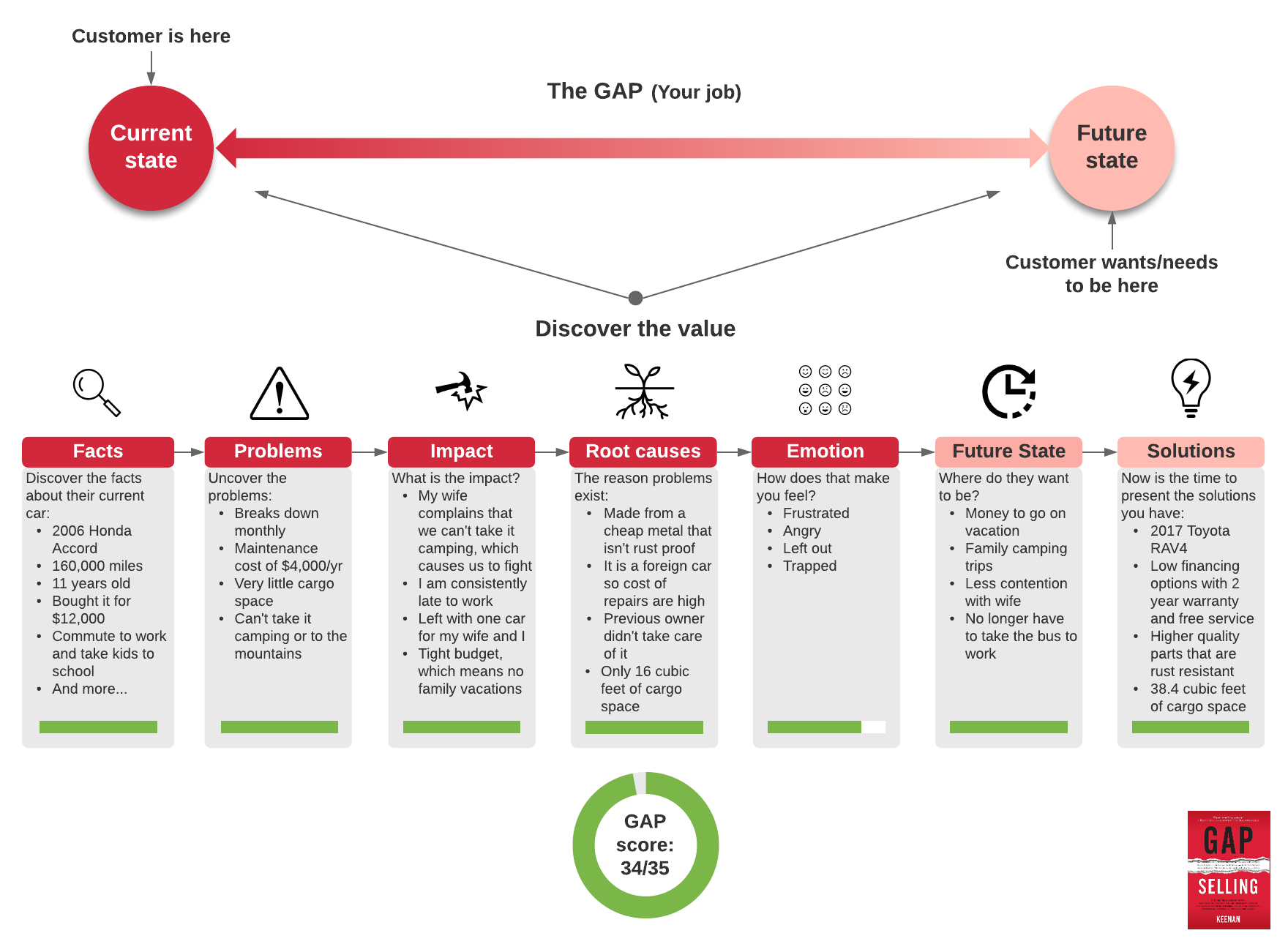
7. Conceptual selling
Conceptual selling (i.e., the Miller Heiman sales methodology) flips the script on conventional sales wisdom. Instead of leading with a pitch, conceptual selling encourages salespeople to research and listen to their prospects to build a mutually beneficial relationship.
The idea is to get the prospect to buy the concept of a solution rather than a specific product or service. In other words, salespeople should try to learn what the customer’s ideal solution is (i.e., their concept) and what their decision process looks like to better tailor a solution for them.
Strengths: Conceptual selling values relationships and is a great model for building trust and long-term relationships with clients. Because of its focus on listening to the client and working to gain consensus from multiple decision-makers, the conceptual selling model helps reps make customized solutions that work better for the client.
Best used when: Working with large accounts or complex selling environments with multiple stakeholders.
8. Inbound selling
In the age of information, buyers are much more educated about their options and have often done research before they even talk to a salesperson. This shift in the prospect-sales dynamic has given rise to the inbound selling methodology.
Inbound sales focuses on bringing prospects to you (rather than conducting targeted outreach). Inbound salespeople focus on understanding their prospects’ pain points and buyer’s journey, educating them and acting as trusted consultants, and tailoring their solutions to their unique context.
Strengths: Inbound is a less intrusive, cost-effective approach that brings in leads who are already interested in what you’re selling.
Best used when: Paired with an inbound marketing strategy. If you choose to implement an inbound sales process, make sure your organization is aligned across teams for success.
9. Solution selling
Solution selling is a popular sales methodology created in 1988 by Michael Bosworth. The premise is simple: The sales rep identifies a specific problem the customer faces and recommends a product or service to solve that problem.
Solution selling moves away from pushing products on customers and instead diagnosing their unique needs and presenting them with tailored solutions.
Strengths: Solution selling shifts the conversation away from product specifications to the value those solutions bring to the customer. By focusing less on what your product does and more on how it solves the customer's problem, you can position yourself as a consultant rather than a pushy salesperson.
Best used when: Working in industries or organizations with highly customized products or services.
10. N.E.A.T. Selling™
N.E.A.T. Selling™ is a qualification process developed by Sales Hacker and The Harris Consulting Group. N.E.A.T. was developed as a more flexible and adaptable alternative to the BANT and ANUM processes.
N.E.A.T. stands for:
- Needs: What are the prospect’s core needs?
- Economic impact: What is the economic impact of those needs?
- Access to authority: Who can give you access to key decision-makers?
- Timeline: What is the timeline for making a decision? Is there a compelling deadline or event to urge a decision?
These exploratory questions don’t have to be in order—the method is intended to act as a flexible guide to ensure reps ask the right qualifying questions as they naturally evolve in the conversation.
Strengths: The N.E.A.T. method of sales is more flexible than BANT and ANUM and can apply to both simple and complex sales cycles.
Best used when: You need a qualification framework that prioritizes and addresses the prospect’s concerns to create customized solutions and authentic relationships.
11. Consultative selling
The Consultative selling method focuses on building a trusted relationship between buyer and seller that creates value before pushing a solution.
There are six stages of consultative selling:
- Research
- Ask
- Listen
- Teach
- Qualify
- Close
Strengths: At its core, consultative selling is about the customer—not the seller. But by prioritizing the customer’s needs and wants, sales reps can more quickly uncover core pain points and position their solutions more effectively.
Best used when: You need a methodology that acts as a grounding sales philosophy that puts the customer front and center.
12. SaaS (Sales as a Science)
The acronym SaaS refers not only to our next sales methodology (Sales as a Science) but also to the industry that should implement this methodology: companies who sell Software as a Service.
Jacco van der Kooji, founder of Winning by Design, developed this sales methodology as a way to improve on the transitional sales funnel that leads customers through the awareness, selection, and education stages. Jacco notes that other sales models, such as Solution Selling and Consultative Selling, expertly work customers through this funnel, but he recognized that SaaS companies actually make their money after the initial close. His modern approach to sales includes additional stages—onboarding, using/impacting, and growing—to develop a recurring revenue stream and achieve lifetime value.
Strengths: This methodology from Winning by Design helps sales teams grow their clients to continue bringing in revenue past the initial commitment.
Best used when: Working in SaaS (Software as a Service) or similar distribution models.
If you decide to implement Sales as a Science, you can get started with the Winning by Design blueprints available in Lucidchart, which include more video training.
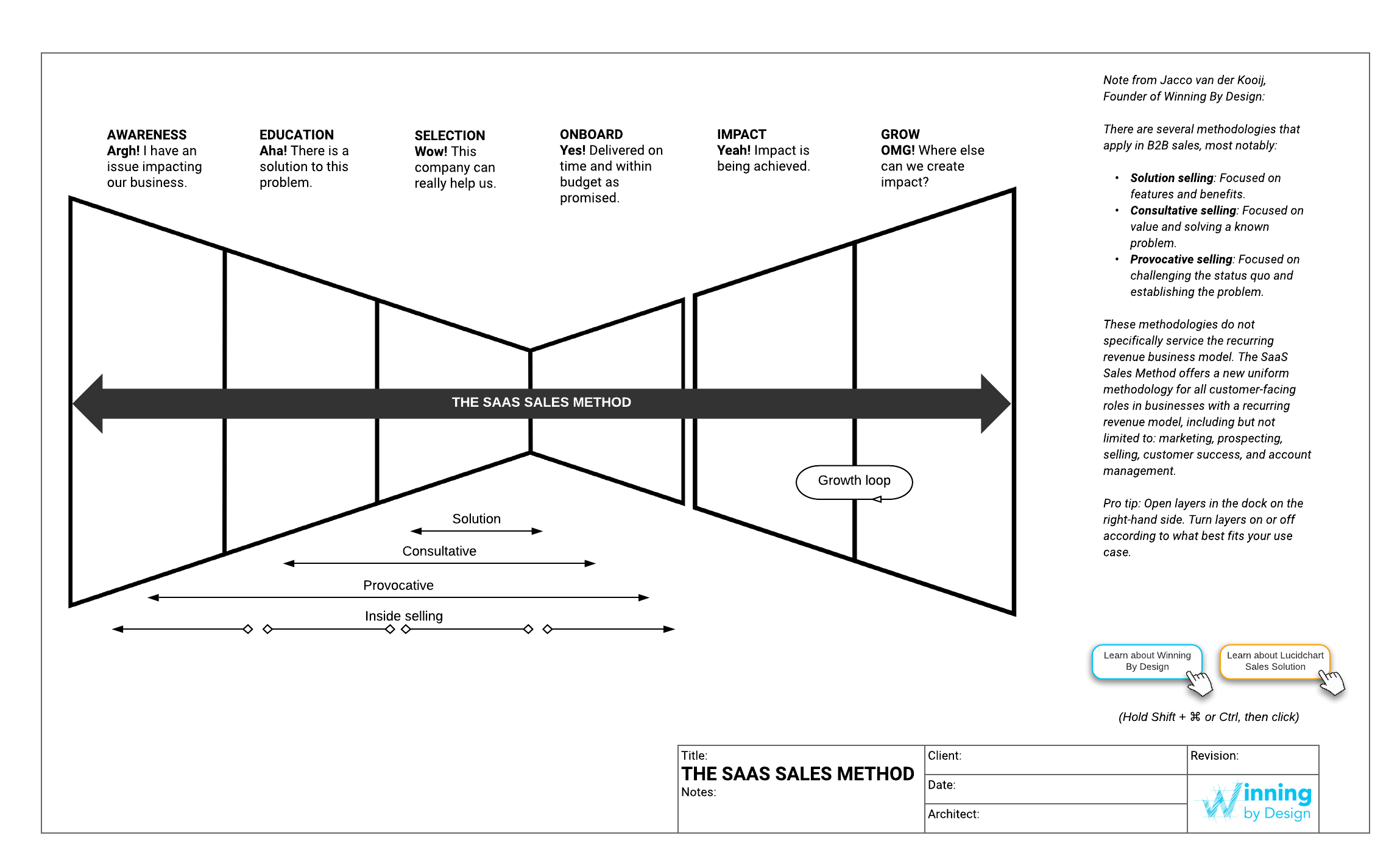
13. CustomerCentric Selling®
CustomerCentric Selling® was developed by Michael Bosworth (outlined in his book CustomerCentric Selling). As the name suggests, this sales method focuses on a customer-centric approach that aims to empower the buyer through the sales cycle.
Instead of pushing a sales solution, salespeople position themselves as consultants, ready to address customers’ questions, pain points, and priorities. By focusing on the customer’s context, salespeople can empower them to buy rather than convince them to purchase.
Strengths: CustomerCentric Selling® puts the customer first, which helps sales reps build stronger relationships with their prospects and ultimately close deals with more satisfied and loyal customers.
Best used when: You need to build stronger client-sales relationships with a clearly outlined methodology.
14. ValueSelling Framework
The ValueSelling Framework methodology helps sales organizations simplify the selling process and focus on actionable sales essentials.
The main steps of the ValueSelling Framework are:
- Qualify your prospect.
- Position your capabilities in the context of client issues.
- Ask the right question.
- Differentiate.
- Develop the value.
- Identify power.
- Develop a mutual plan.
- Close the sale.
Strengths: The ValueSelling Framework simplifies the complex sales landscape while helping salespeople qualify prospects faster, motivate buyers to act sooner, and sell based on value rather than price.
Best used when: Working within complex B2B sales cycles.
15. Command of the Sale®
Command of the Sale® and Command of the Message® are sales methodologies created by Force Management to help sales organizations better qualify their pipeline, focus on the right opportunities, identify customer pain points, and guide them through the decision process smoothly.
Together, these approaches help salespeople position themselves as trusted advisors and craft value-based solutions that differentiate them from the competition.
Strengths: These sales methods are easy to adopt and integrate within your current sales system.
Best used when: Working in complex or high-tech B2B sales environments with aggressive growth plans.
No matter what sales methodology you adopt, the key to any successful sales model is regular training and reinforcement. Be sure to keep your sales organization updated on your methodology’s best practices and integrate the model into the culture and structure of your sales team.
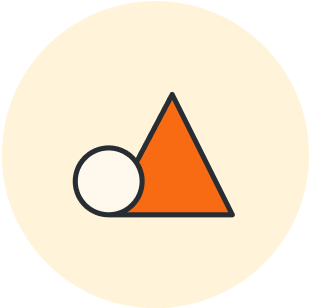
Lucidchart offers free templates to help you with your sales processes and methodologies.
Explore templatesAbout Lucidchart
Lucidchart, a cloud-based intelligent diagramming application, is a core component of Lucid Software's Visual Collaboration Suite. This intuitive, cloud-based solution empowers teams to collaborate in real-time to build flowcharts, mockups, UML diagrams, customer journey maps, and more. Lucidchart propels teams forward to build the future faster. Lucid is proud to serve top businesses around the world, including customers such as Google, GE, and NBC Universal, and 99% of the Fortune 500. Lucid partners with industry leaders, including Google, Atlassian, and Microsoft. Since its founding, Lucid has received numerous awards for its products, business, and workplace culture. For more information, visit lucidchart.com.
Related articles
Close more deals with the MEDDIC sales process
Learn what the MEDDIC sales process is, how to implement it, and how it can help you close more deals.
How the 5-step sales process simplifies sales
Use a five-point sales process to take the guesswork out of sales. Learn about the 5-step sales process and how you can personalize your process with Lucidchart.
4 effective sales approaches to incorporate into your sales process
A sales approach is essentially a step-by-step proposition—developed to make the act of selling much more effective and reliable. Discover four different sales approaches you can immediately apply to any given selling situation.
7-step sales process: When to use it and when to break it
The 7-step sales process is a great start for sales teams without a strategy in place—but it's most effective when you break the rules. In this blog post, we will review the textbook seven steps, from prospecting to following up with customers, so you can adapt them to your sales org's unique needs.

